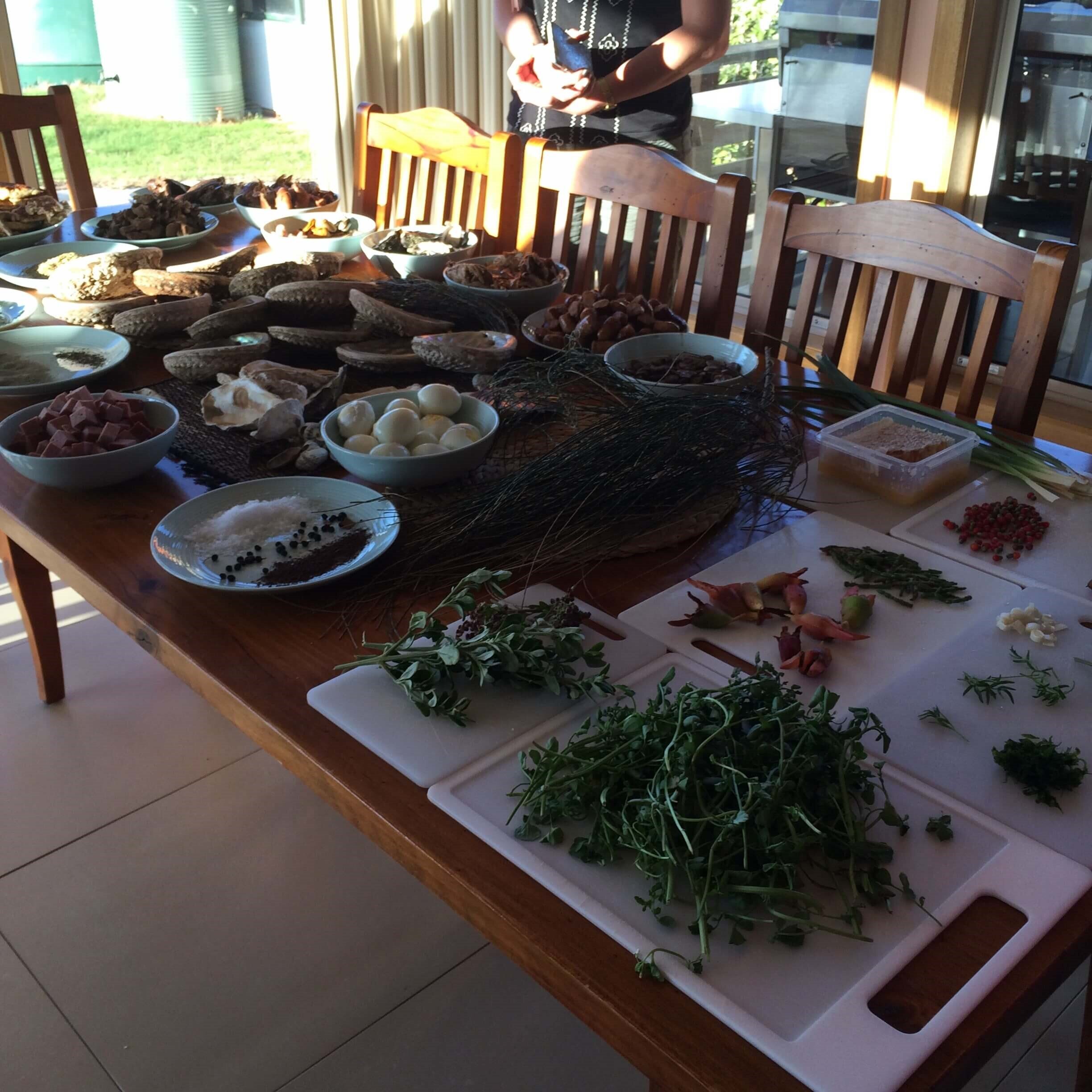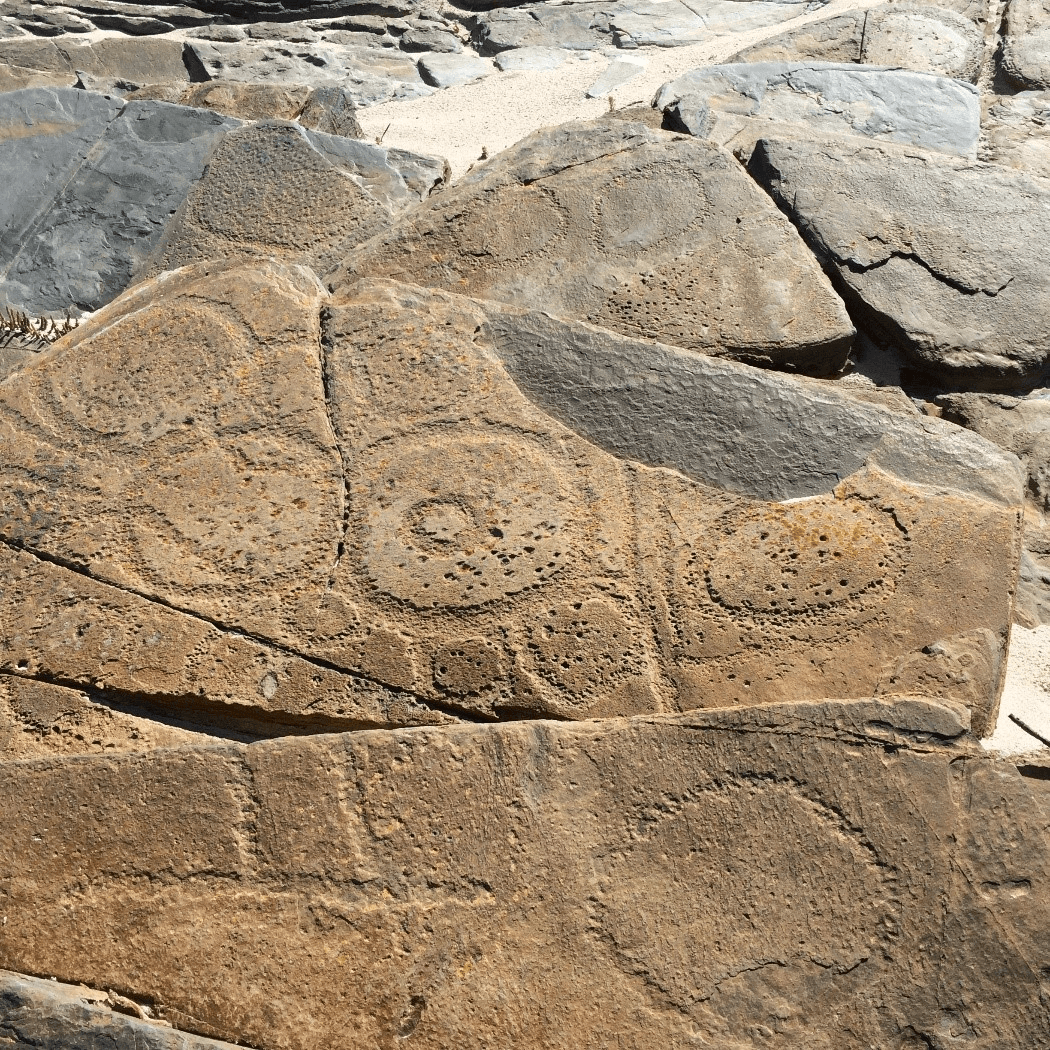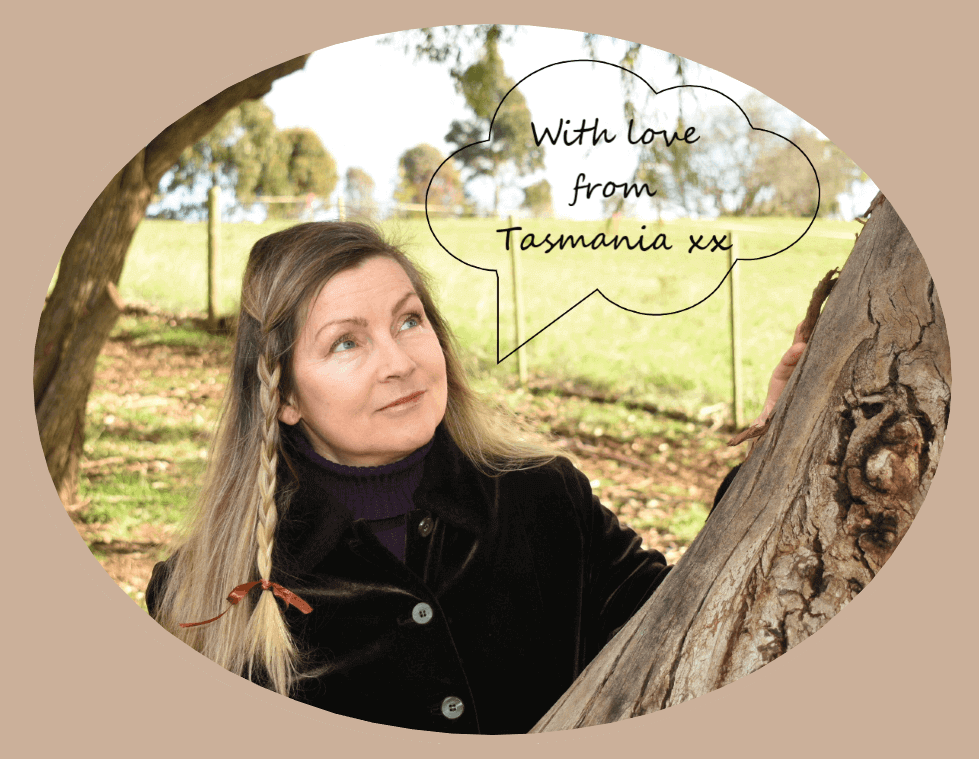10. On Country
The Doughboys (ranamitim), islands near Cape Grim (pilri), far North West corner of lutruwita/Tasmania (Photograph: Michelle Bennett)
Today I have been reflecting on portents that have led me to where I am today. Paulo Coelho, author of The Alchemist called them omens. It means that we should pay attention to what life is trying to teach us. According to Coelho, each of us can find our own personal legend, or our purpose in life. I like the word ‘legend’ better, because it speaks to something more spiritual — to our legacy when we have passed on.
Ever since I moved to Tasmania from the mainland, I have felt a deep connection to this island. It has spoken to me. I think you will feel this when you read my poem.
In 2015 I had the opportunity to join a group participating in a Tasmanian cultural immersion. Here is what I wrote afterwards:
On Country
We come to learn
To experience
To understand
Open-minded
Open-hearted
Ready.
First, a ceremony at Rocky Cape [pinmatik].
Red ochre, mixed in an abalone shell,
Is painted on the back of one of our hands.
Shaped into a partial mother moon,
And her two starry children.
Aunty Patsy and Aunty Sharon,
Descendants of the Straitsmen
Teach us sacred women’s business.
The blood of the earth
Is absorbed by our skin.
The white flag irises are tricky to spot.
They alerted the native children about tiger snake season.
An exquisite fragrance is traced
To a pale-yellow, native bottlebrush
Which encourages sleep
If placed under your pillow.
Stinky boronia is a sharp contrast,
But it can open your sinuses,
And ease headaches.
Be careful when pulling lomandra,
It can cut your hands.
The fleshy ends taste like broad beans.
The snacks are all around us.
Cunjevoi leaf juice [local, pink pig-face] fixes wounds.
Plant juice mixes with human sap,
Soothing,
Healing.
A delicate plant with tiny, lilac-coloured flowers makes tea.
Lozenge-shaped native blueberries hang
from an unending shoelace-thin vine
twisting through the bush.
A fat blue-tongue lizard crosses the road
Quickly enough to disappear.
Sea eagles monitor us from overhead.
South Cave has sheltered the local community for thousands of years.
The seafood animals shell homes
Have become the mounded soil we stand on.
As we explore, the cave draws us down,
Past a squeeze-narrow smooth-stone hallway
Into sloped, naturally-draining rooms
The tiny rivulet
Ongoing.
pinmatik/ Rocky Cape (Photograph: Michelle Bennett)
The brisk winds have exposed a seal skull at West Point [nungu];
Amongst what foreigners call “middens”.
There are no seals here now,
Only surfer-seals
Who get high on catching waves,
And defecate in the depressions of the once-domed huts,
Where we now repose.
George Augustus Robinson’s “village” has gone,
Forever.
At Arthur River
We gather around a coffee table.
Assembled are striking portraits of Mannalargenna,
A proud, gentle once-warrior;
Crowded small-shell ornaments
And a necklace of larger, barely-green luminous shells –
Fit to grace the neck of any king, or queen.
Though, dark complexions would most flatter
This exclusive jewellery.
There are string baskets and bull kelp water carriers and ladles.
The ozone smell of the dinner-plate-wide sea plant becomes secondary
To the yearning to knead it’s soft, thick, cold leather.
We become twine makers,
Twisting and folding the dried tall reeds.
Our hand sinews work like those of the clanswomen before us.
Mannalargenna portrait, opalescent green maireener (rainbow kelp) shells, string and woven baskets made from white flag iris (Diplarrena moraea) and bull kelp water carriers and ladles (Photograph: Michelle Bennett)
A feast is prepared.
We hungrily fill our shell-bowls
With strongly flavoured muttonbird,
Emu, mussels, oysters,
Squid, whitebait patties, ground berry spices
She-oak needles and honeycomb.
The tastes are earthy, and sometimes strange.
Our hearts are grateful, our tummies uncertain,
Cautious.
The pads of our fingertips are embedded with native flora and fauna.
The oils linger.
Aboriginal feast with abalone-shell bowls (Photograph: Michelle Bennett)
The next day, at Woolnorth,
Our Aboriginal spirit sisters are with us.
Pushing, buffeting, harshly caressing.
We sit on the clifftop,
Legs apart for support,
Whittling our dogwood sticks:
Music-makers, life-givers,
Like the local land dwellers of old.
Beautiful swollen breasts [ranamitim] rise like white fella damper
Plopped in a syrupy ocean.
They are Abel Tasman’s “Doughboy” islands.
A story is shared
Of the 1827 massacre of “mostly men”
Forced over the edge, nearby.
Perhaps Cape Grim’s [pilri’s] visage
Embodies the disharmonious act
Of the corpses mingling with
Those of the sheep driven before them.
The devils cry,
The voices cry,
The earth cries
For the loss.
It haunts the living.
But don’t you think it’s over!
The circular rock carvings at Sundown Point [laraturunawn] Weren’t laboured at by aliens.
They are works of joy, of celebration.
And the ancestors’ circles reach out
Taunting us invaders with mystery.
It’s their Country.
It’s our country.
It’s their mother.
It’s our real estate.
laraturunawn (Sundown Point) petroglyphs, takayna/ The Tarkine (Photograph: Michelle Bennett)
A pair of Cape Barren Geese huff along the electric fence line of the crackle-dry paddock,
Lonely.
Where are your babies?
Spring has only just departed.
Their grey-feathered bodies symbolise the clanspeople left:
Not black, not white,
Struggling to live in an altered environment,
Of forced boundaries.
We have tasted
We have listened
We have watched
We have marvelled
We have shared
We have learned
We have felt
We have cried
We’re done with dispossession
We’re through with all the pain
We need to work together
To make things right again.
Note: The aboriginal place names are in palawa kani, the revived language of Tasmanian Aborigines.
…
How can non-native people feel the loss experienced by the original inhabitants persecuted in Tasmania and (many other places in the world)? They cannot. All they can do is apologise for past wrongs, try to understand, and help put things right where they can. That is why I placed an acknowledgement of Tasmania’s first people on our company’s homepage — to pay our respects. It is not tokenistic. It is heartfelt.
…
The land Tasmanian Soap Farm lies on was aboriginal land for thousands of years. Before we bought it, in more recent times, it had become farming land. When my family and I are dust, the land will still be here. Our terrene soaps bring a spiritual link because they contain Tasmanian red ochre — the life-blood of the earth. When you use it in our soap, it will go back to the earth, just like we all will.
It is our responsibility to live our best life, in harmony with nature and with each other. After all, each one of us is on country.
GENERAL DISCLAIMER
The contents of this sharing are for informational purposes only. It is not intended to be a substitute for professional medical advice, diagnosis, or treatment . . . Read More →






